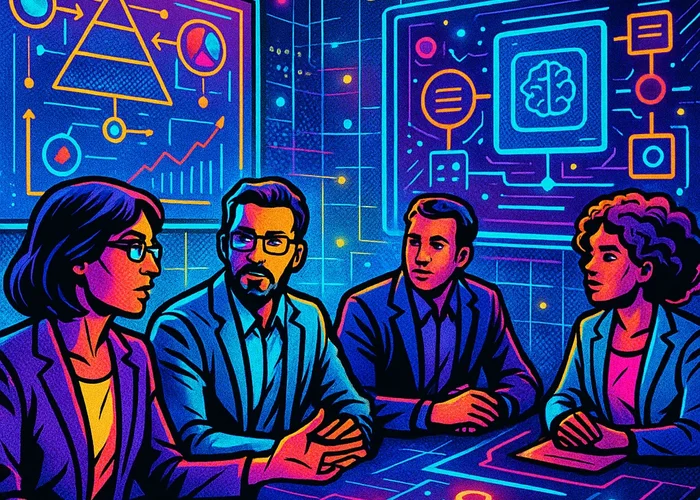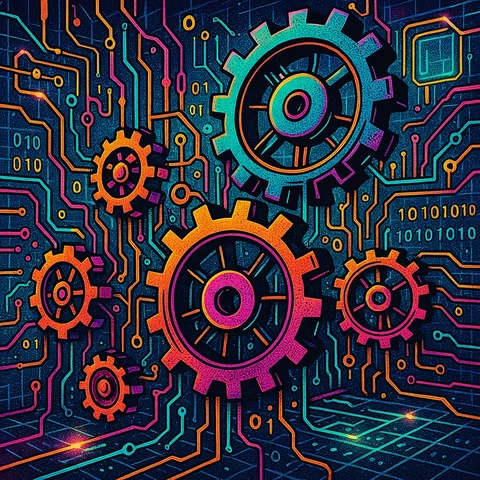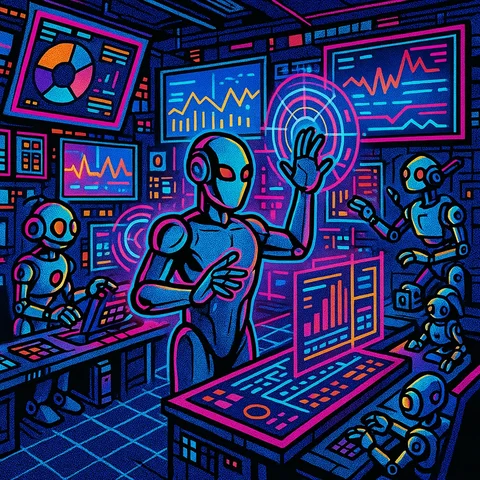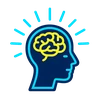Overcoming AI Agent Deployment Challenges: Standardized Definitions & Frameworks
Learn how standardized definitions and frameworks can address AI agent deployment challenges, clarifying capabilities and limitations for better implementation.

Overcoming AI Agent Deployment Challenges: Standardized Definitions & Frameworks
Learn how standardized definitions and frameworks can address AI agent deployment challenges, clarifying capabilities and limitations for better implementation.
At a Glance
- Integration and Scalability: Deploying AI agents in legacy environments is resource-intensive and often requires rollout across many sites to be cost-effective.
- Security and Reliability: AI systems face risks from adversarial attacks and performance drift, making reliability and continuous monitoring critical.
- Standardization Gaps: Lack of clear definitions and frameworks for AI agents hinders adoption, interoperability, and trust, especially in high-stakes industries.
- Frameworks in Action: Structured AI development frameworks improve alignment, transparency, and stakeholder collaboration, leading to safer and more effective deployments.
- Governance Is Essential: Embedding AI governance principles—robustness, fairness, accountability—into design and deployment processes is now a regulatory and operational imperative.
Understanding AI Agents and Their Capabilities
What Are AI Agents?
AI agents are autonomous or semi-autonomous software entities designed to perceive their environment, reason, and act to achieve specific goals. Their capabilities now span a wide spectrum—from simple automation bots to advanced systems leveraging generative AI and large language models (LLMs), able to plan, communicate, and solve complex problems independently. For example, Google’s 2025 introduction of advanced digital assistants demonstrates not only sophisticated problem-solving but also inter-agent communication through standards like A2A, enabling agents from different organizations to collaborate.
AI Agent Capabilities
Modern AI agents can:

- Process and analyze vast datasets in real time
- Interact with users and other agents via natural language
- Make autonomous decisions within predefined parameters
- Adapt to changing environments (with limitations)
- Integrate with legacy and cloud-based systems
However, while capabilities are advancing rapidly—especially with emerging LLMs and generative models—such tools are not yet widely adopted in industrial settings due to unpredictability and certification challenges (Springer, 2024).
Common Challenges in Deploying AI Agents
Challenges: Complexity, Uncertainty, Scalability
Despite remarkable progress, deploying AI agents at scale remains fraught with technical and organizational hurdles:
- Complex Integration: Merging AI agents with existing legacy systems is often costly and can introduce new security vulnerabilities. A significant portion of deployment resources is spent ensuring seamless function with outdated infrastructure (Springer, 2024).
- Scalability: Industrial AI applications often require millions in upfront investment, with ROI dependent on successful multi-site deployment (sometimes across hundreds of locations).
- Security Risks: AI models are susceptible to adversarial attacks—subtle manipulations that can result in catastrophic decisions, especially in sectors like manufacturing or healthcare.
- Performance Drift: As operational environments evolve, AI agent performance can degrade, requiring ongoing monitoring and retraining.
- Organizational Misalignment: Communication gaps between AI engineers, product teams, and stakeholders frequently delay deployments and lead to solutions that miss real-world needs.
For more on AI security considerations, see our guide on AI governance best practices.
The Need for Standardized Definitions and Frameworks
Current Gaps in AI Agent Standardization

The AI community still lacks universally accepted definitions for key concepts such as “agent,” “autonomy,” and “performance metrics.” This lack of shared language and semantics complicates interoperability, trust, and regulatory compliance. For example, Google’s A2A protocol aims to standardize agent communication, but aligning incentives and shared meanings between agents from different organizations remains a significant barrier (MIT Technology Review).
Benefits of Standardized Definitions
Standardization delivers tangible advantages:
- Interoperability: Clear definitions allow agents from different vendors or domains to collaborate seamlessly.
- Transparency: Stakeholders can better understand agent capabilities and limitations, reducing overhype and unrealistic expectations.
- Trust and Governance: Consistent terminology and performance metrics facilitate audits, fairness checks, and regulatory compliance.
- Deployment Efficiency: Streamlined processes and shared reference points accelerate integration and troubleshooting.
A recent healthcare AI deployment framework, for instance, provided a step-by-step roadmap for stakeholders, ensuring consistent terminology and role clarity throughout the lifecycle—from design to ongoing monitoring (iScience, 2025).
Developing Clear Capabilities and Limitations for AI Agents
AI Limitations
While AI agent capabilities are impressive, they are bounded by notable limitations:

- Explainability: Many agents, especially those based on deep learning, operate as “black boxes,” making it difficult to interpret their decision-making processes—problematic in regulated domains like healthcare and finance (Springer, 2024).
- Bias and Fairness: Without proper checks, AI models can perpetuate or amplify biases, leading to discriminatory outcomes. Growing regulation now mandates regular bias audits.
- Accountability: The chain of responsibility for AI-driven decisions is often unclear. Emerging regulations propose audit trails and shared accountability across the AI supply chain.
By developing and enforcing clear standards for what AI agents can and cannot do, organizations reduce risk and improve stakeholder confidence.
Implementing Effective Frameworks for AI Deployment
Key Components of AI Frameworks
A robust AI development framework typically includes:
- Stakeholder Mapping: Defining roles and responsibilities from design to maintenance
- Lifecycle Management: Processes for continuous monitoring, retraining, and updating
- Performance Metrics: Standardized criteria for measuring agent effectiveness
- Risk and Security Controls: Built-in mechanisms for identifying and mitigating threats, including adversarial attacks
- Governance and Compliance: Protocols for transparency, bias audits, and accountability
- Healthcare: A structured framework guided teams through co-creation, deployment, and post-launch monitoring—improving alignment with user needs and regulatory requirements (iScience, 2025).
- Industry: Firms that adopted standardized frameworks reported fewer deployment delays, better stakeholder alignment, and reduced risk of catastrophic failures (Springer, 2024).
Case Studies in Successful AI Deployment
Researchers note that organizations using such frameworks experience higher confidence scores, faster integration, and more reliable outcomes.


